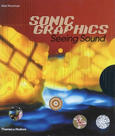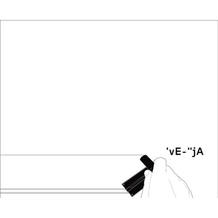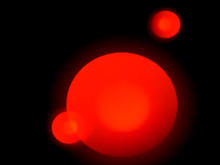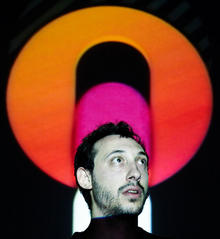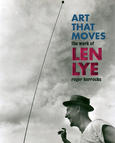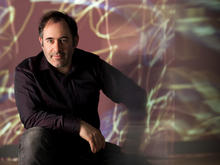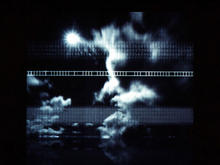Field
is a graphic design studio using generative strategies, led by Marcus Wendt and Vera-Maria Glahn. They design custom software tools and processes to express an idea across a wide range of media.
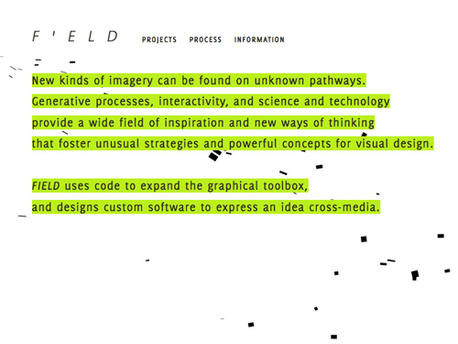
"We design custom software tools and processes to express an idea across a wide range of media: from print to animation, interactive installations and websites. Our goal is to merge code-based design with established digital content creation methods. And to create room and connection points for a collaborative and iterative process.
Inspired by modern art, nature, science and technology, we aim to create animate images with a life of its own. Generative Processes, Interactive Systems, and Artificial Life are the reference points from which we draw ideas, methods, and mindset into our design process. We believe this FIELD is still largely unexplored, and that there are exciting visual places yet to be discovered in this landscape."
From: Field's website
